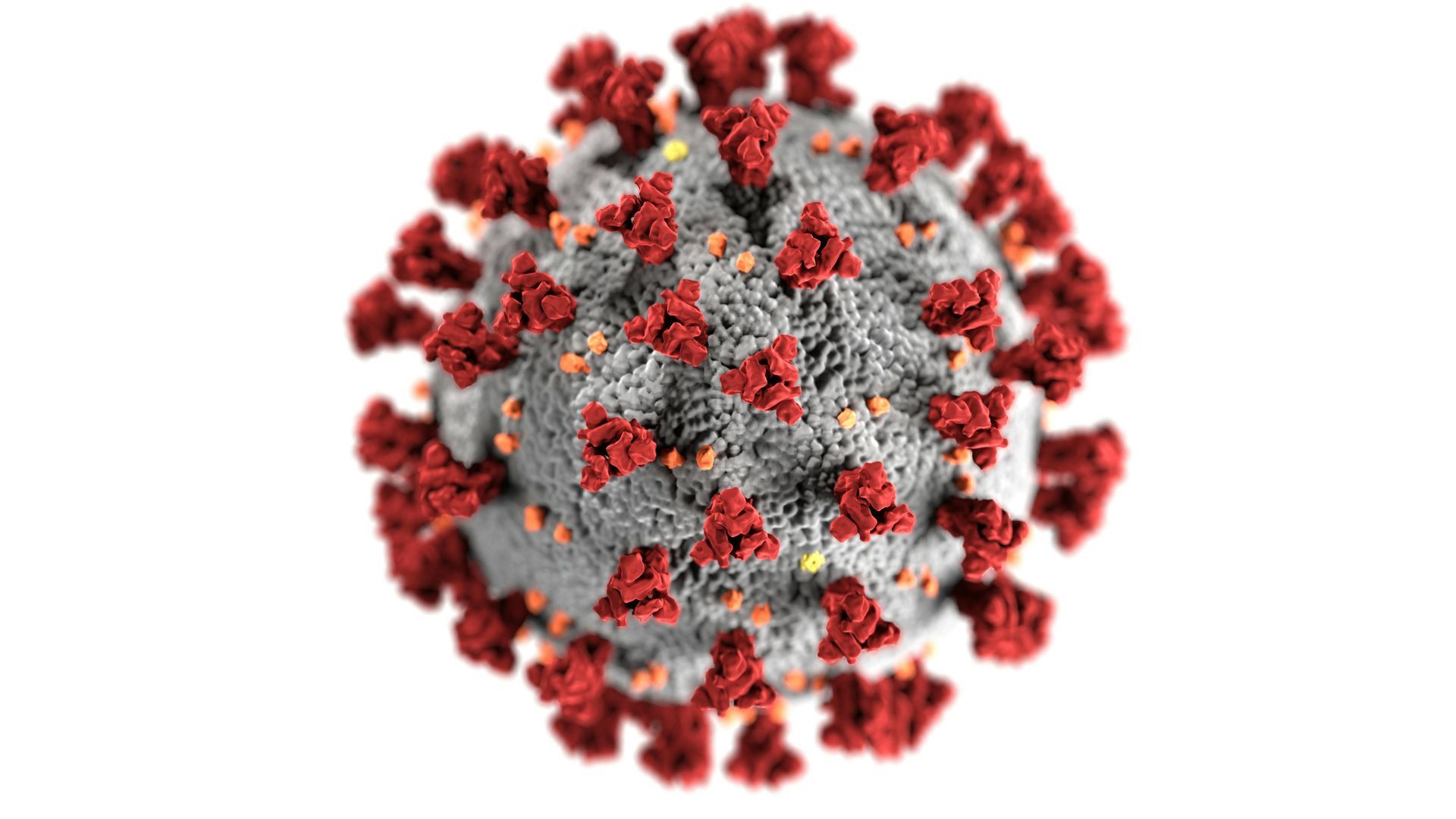By Brandon Losacker
•
April 17, 2025
A recent question to the AHA Coding Clinic asked whether Parkinson’s Disease (PD) with tremor could be coded as Parkinson’s Disease with dyskinesia . The official guidance was clear: “Codes in subcategory G20.B- , Parkinson’s disease with dyskinesia, should only be assigned when dyskinesia associated with Parkinson’s disease is specifically documented by the provider. ” New ICD-10-CM Codes Effective October 1, 2023: G20.A1 – Parkinson’s disease without dyskinesia, without mention of fluctuations G20.A2 – Parkinson’s disease without dyskinesia, with fluctuations G20.B1 – Parkinson’s disease with dyskinesia, without mention of fluctuations G20.B2 – Parkinson’s disease with dyskinesia, with fluctuations G20.C – Parkinsonism, unspecified Tremor vs. Dyskinesia in Parkinson’s Disease Both tremor and dyskinesia are movement disorders associated with PD, but they differ significantly in cause, presentation, and treatment. Here's a breakdown: 1. Tremor in Parkinson’s Disease Definition: Involuntary, rhythmic, oscillatory movement of a body part Typical Type in PD: Resting tremor — appears when the body part is at rest and improves with movement Characteristics: Frequency: 4–6 Hz Location: Commonly begins in one hand (e.g., “pill-rolling” tremor between thumb and fingers) Asymmetry: Often starts on one side of the body Triggers: Worse at rest, improves with movement or posture Cause: Dopamine depletion in the basal ganglia Treatment: Dopaminergic medications (e.g., Levodopa) Deep Brain Stimulation (DBS) in advanced cases 2. Dyskinesia in Parkinson’s Disease Definition: Abnormal, involuntary movements that are fluid, dance-like, or jerky Type in PD: Levodopa-induced dyskinesia (LID) — occurs as a side effect of long-term levodopa therapy Characteristics: Timing: Occurs at peak dopamine levels or during medication transitions Appearance: Chorea (random jerky movements), dystonia (sustained contractions), or both Location: May involve limbs, trunk, or face Triggers: High-dose or long-term levodopa use Cause: Pulsatile dopamine stimulation causes maladaptive changes in the basal ganglia Treatment: Adjusting levodopa (e.g., smaller, more frequent doses) Adding adjunct therapies (amantadine, dopamine agonists) Advanced options: DBS or continuous infusion (e.g., Duodopa) Key Differences Between Tremor and Dyskinesia Nature: Tremor: Rhythmic and oscillatory Dyskinesia: Irregular, flowing, or jerky Timing: Tremor: Worse at rest, better with movement Dyskinesia: Tied to medication timing (often peak-dose) Cause: Tremor: Dopamine deficiency Dyskinesia: Long-term use of levodopa Treatment Focus: Tremor: Dopamine replacement Dyskinesia: Medication adjustment or adjuncts Clinical Pearls Tremor is a core symptom of Parkinson’s and may be present at diagnosis. Dyskinesia is typically a treatment-related complication , appearing after years of therapy. Proper distinction between tremor and dyskinesia is essential for correct coding and treatment planning. Additional Clarification from Coding Clinic (Q4 2023) “Parkinson’s disease is a progressive neurodegenerative condition presenting with motor symptoms (e.g., tremors of hands, arms, legs, or head) and non-motor symptoms (e.g., depression, anxiety, pain). Dyskinesia is defined as involuntary movements of the face, arms, legs, or trunk. Fluctuations refer to alternating ON episodes (positive response to levodopa) and OFF episodes (return of symptoms as medication wears off).”













